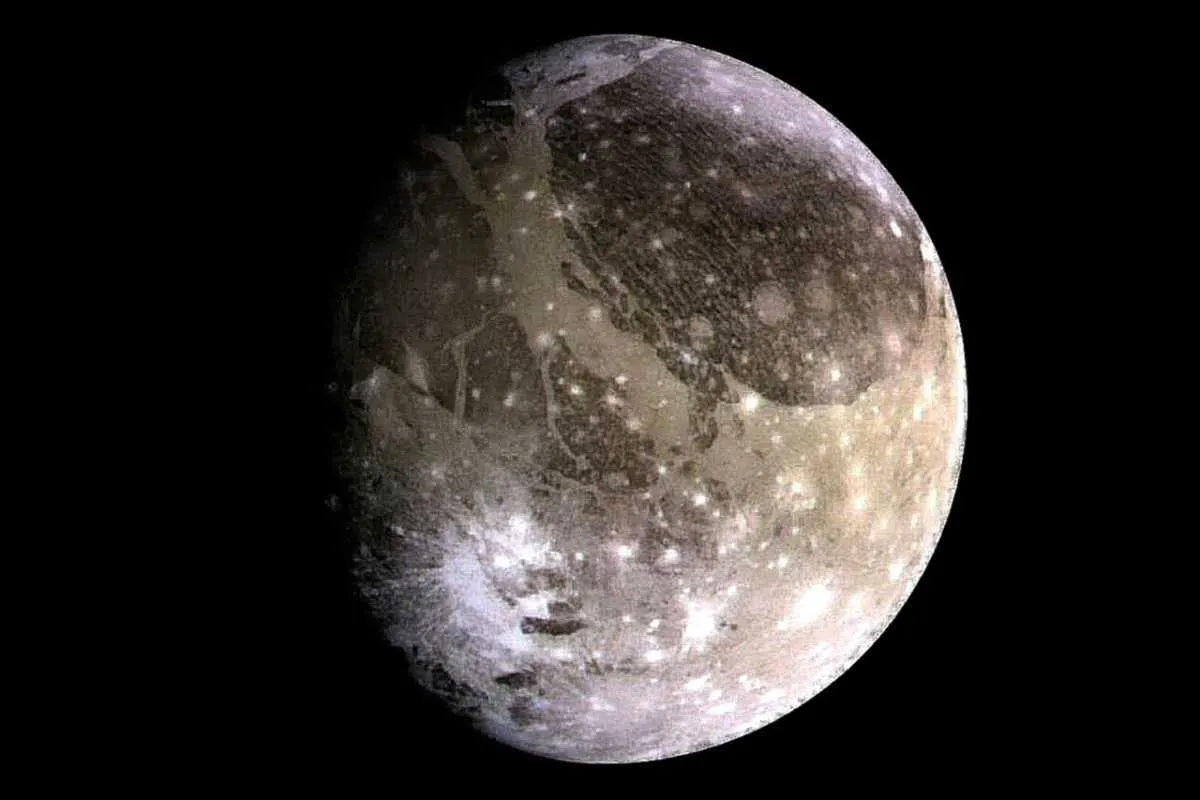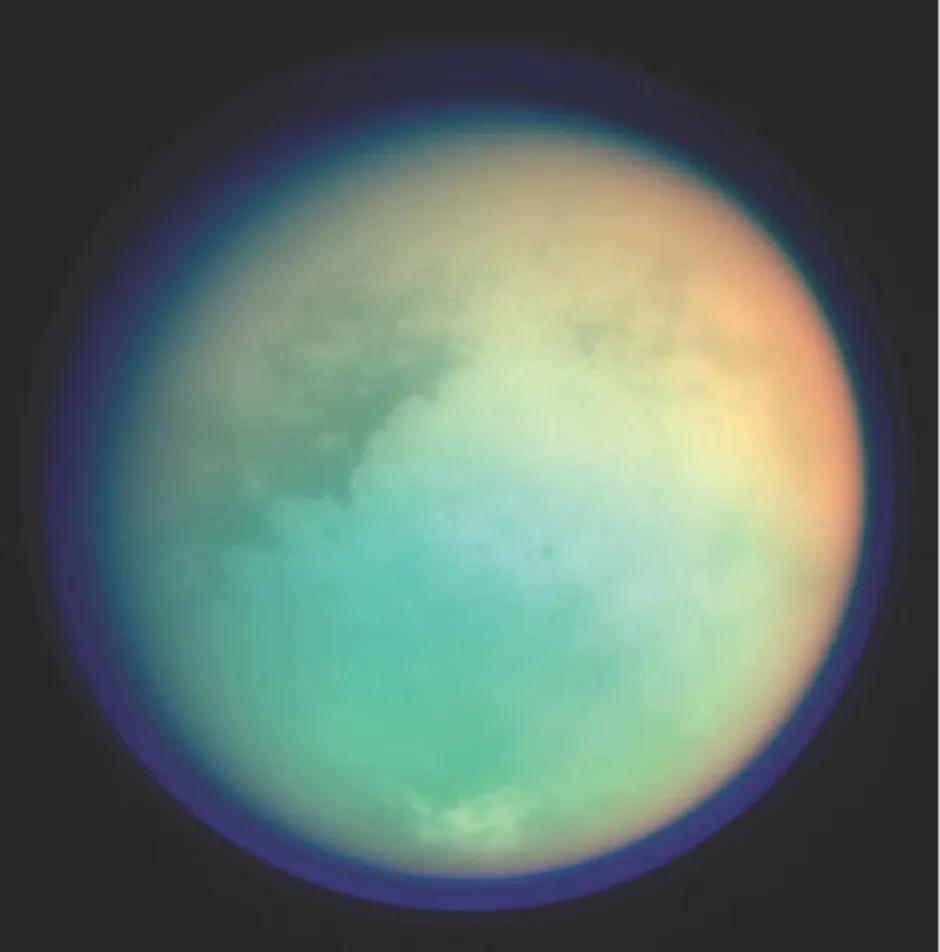Life could possibly exist on any number of different types of planets and moons that have very different properties, which would shape the evolution of life there. Here are just a few of them, together with the challenges and opportunities they would pose for life
Yo-yo planets
Unlike Earth’s circular orbit, these planets have elongated, elliptic orbits that bring them very close to their sun for brief periods of scorching hot summers, and then take them far away from it for long, freezing winters.
There would be two brief growing periods when the planet is approaching and departing the sun, when Earth-like life could blossom, but it would have to be adapted to endure the evaporation of its oceans in the summer and snowball planet periods in wintertime.
Tidally-locked planets
Many planets orbiting close to their star get locked by their sun’s gravity so they always face the sun with the same side. This means one side of the planet is plunged in constant darkness, while the other always basks in sunshine.
This could create a massive, ongoing storm in the centre of the Sun-facing side and freeze over the other side of the planet, leaving a strip in-between with possibly Earth-like conditions. Air and ocean circulation could allow the exchange of heat between the two sides, perhaps fuelling some life on the dark side.
Layered oceans of Ganymede

Some scientists think Jupiter’s moon, Ganymede, has several layers of oceans underneath its frozen surface, each separated by a different type of ice that forms at certain pressures and temperatures. If there is life there, it would most likely have originated in the bottom ocean layer where it meets a rocky base.
Eventually, some life might have made its way into the next layer, finding an unexploited new habitat and possibly adapting to different conditions there, and later moving on again to yet another layer. This would essentially create vertical continents, each with its own life forms and ecosystems – but all with a common origin.
Rogue planets
Some planets get ejected from their orbit around their host stars and become lonely wanderers through the Universe. Cloaked in cold and darkness, they could remain habitable for any life, fuelled by the internal engine of their hot cores, for billions of years – but that life would have to adapt to no sunlight and rely on chemosynthesis, like life deep inside Earth’s rocks and oceans.
“There is plenty of heat in the interior of a planet for billions of years; it is longer than the lifetime of host stars,” says Dimitar Sasselov, astronomy professor and director of the Harvard Origins of Life Initiative.
Read more about extraterrestrial life:
- Alien invasion (of sorts)! 10 of the friendliest aliens in film
- Five reasons why we haven't found aliens yet
- First contact: what if we find alien life?
Disco-bar planets
Around pulsar stars created after the explosion of a star, planets would be devoid of much sunlight and any life would have to rely on chemosynthesis, though its chemistry may be very different as such planets are unlikely to have many organic molecules common on Earth. Such planets would be dry, metallic and bathed in the pulsating light of their star.
Liquid methane worlds

Titan, the moon of Saturn, appears very Earth-like with its hills, rivers and lakes filled by rains from its clouds. But it couldn’t be more different: temperatures are freezing, turning water rock-hard, and the only liquid present is in fact methane, the major component of natural gas here on Earth.
If life exists there, it will most likely be based on different chemistry to Earth life, and probably evolve very slowly because colder temperatures slow down chemical reactions.
- This is an extract from the August 2019issue ofBBC Science Focus–subscribe here.
Follow Science Focus onTwitter,Facebook, Instagramand Flipboard

